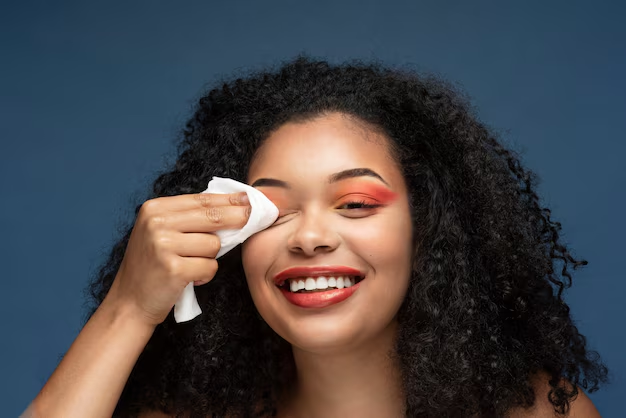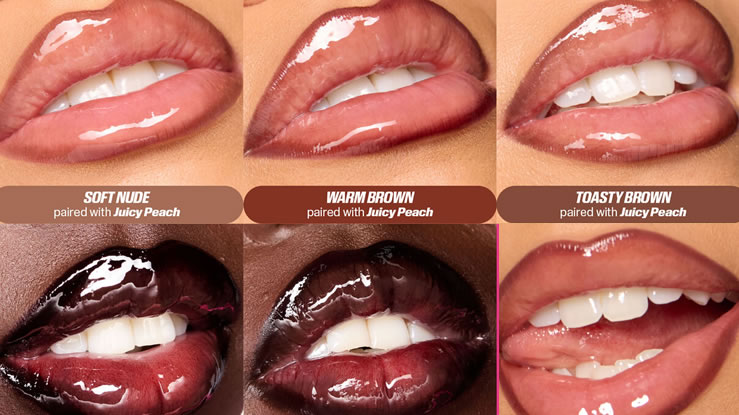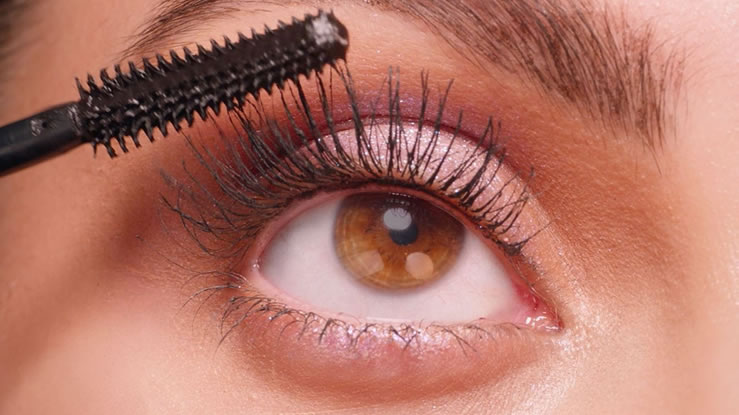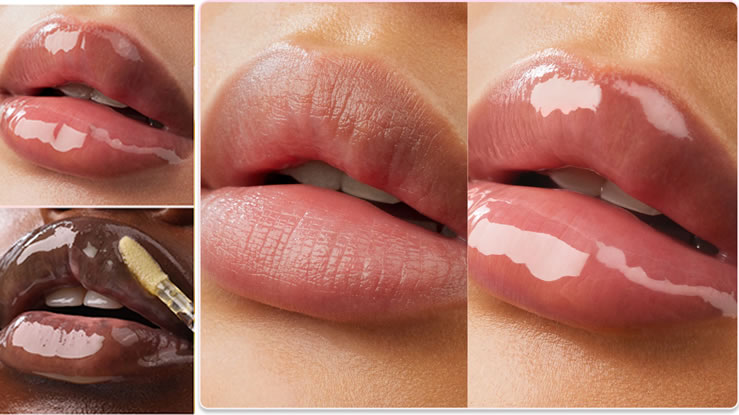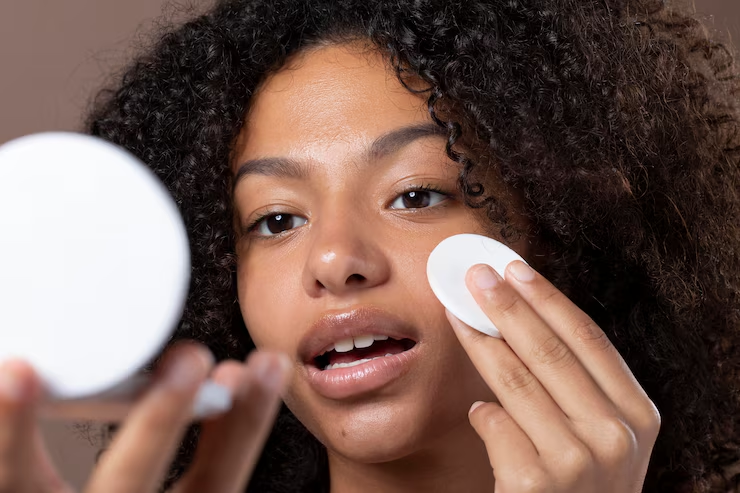Waxing is a popular method of hair removal, loved for its long-lasting results and smooth finish. But while it leaves your skin silky on the surface, for many people, especially those with melanin-rich skin, it can come with an annoying side effect: dark patches or skin discoloration.
Whether it’s the bikini line, underarms, legs, or upper lip, darkening after waxing is more common than you think. Fortunately, this isn’t permanent. With the right care and knowledge, you can fade those dark spots and prevent new ones from forming.
In this article, you’ll learn:
-
Why does waxing cause dark skin
-
How to treat it at home
-
Ingredients that work
-
Lifestyle adjustments
-
When to see a professional
Let’s dive into the skincare science behind getting your glow back.
Why Does Skin Get Dark After Waxing?
To fix the problem, you need to understand what’s causing it. Darkened skin post-waxing is usually due to a combination of factors:
1. Inflammation (Post-Inflammatory Hyperpigmentation – PIH)
When the wax pulls hair from the root, it also traumatizes the skin, especially if done aggressively. This inflammation leads to melanin overproduction, resulting in dark spots or patches.
2. Skin Sensitivity
Some people’s skin is naturally more reactive, especially in delicate areas like the bikini line or underarms. This can trigger excess melanin production as a defense mechanism.
3. Sun Exposure Post-Waxing
Waxing makes your skin temporarily more sensitive to sunlight. If you don’t apply SPF afterward, it’s easy to develop sun-induced pigmentation.
4. Improper Waxing Technique
Using wax that’s too hot, pulling skin instead of hair, or waxing the same area multiple times can lead to burns, irritation, and ultimately scarring or pigmentation.
5. Friction & Sweat
Areas like underarms, inner thighs, and the bikini line are constantly exposed to friction, sweat, and tight clothing. This causes chafing and darkening over time.
How Long Does Wax-Related Darkening Last?
-
Mild PIH can fade in 4–6 weeks with good care.
-
Moderate cases may take 3–6 months.
-
Chronic or neglected cases might take up to a year or require professional intervention.
Consistency and patience are key.
How to Get Rid of Dark Skin After Waxing: 12 Effective Remedies
1. Aloe Vera Gel (Soothes & Repairs)
Aloe vera calms inflamed skin and speeds up healing. It contains aloin, a compound that helps lighten hyperpigmentation.
How to use:
-
Apply pure aloe vera gel twice daily to the darkened area.
-
Leave on overnight if possible.
2. Licorice Root Extract (Brightening Hero)
Licorice is a natural melanin suppressant. It’s ideal for fading pigmentation gently.
Use:
-
Look for serums or creams containing glabridin (active licorice compound).
-
Apply at night after cleansing.
3. Vitamin C Serum (Brightening & Protective)
Vitamin C fights oxidative stress, boosts collagen, and reduces dark spots over time.
Choose:
-
A stable form, like ascorbyl glucoside or sodium ascorbyl phosphate.
-
Use in the morning,g followed by SPF.
4. Niacinamide (Anti-Inflammatory Brightener)
This versatile ingredient inhibits melanin transfer, calms inflammation, and improves skin texture.
Best for:
-
Sensitive skin that reacts to stronger treatments.
-
Daily use (morning or night).
5. Chemical Exfoliants (AHAs & BHAs)
Exfoliating helps fade pigmentation by removing dead skin cells and accelerating cell turnover.
Use:
-
Glycolic acid (for surface brightening)
-
Salicylic acid (for oily/acne-prone areas)
-
Lactic acid (gentle option)
Use 2–3 times per week, and always wear sunscreen.
6. Turmeric Paste (Ancient Remedy)
Turmeric contains curcumin, a natural anti-inflammatory and brightener.
DIY Paste:
-
1 tsp turmeric + 2 tsp yogurt or honey
-
Apply for 10 minutes, then rinse
Note: It may leave a yellow tint temporarily. Patch test first.
7. Papaya Enzyme Mask (Natural Exfoliant)
Papaya contains papain, an enzyme that helps lighten dark spots and remove dead skin.
DIY:
-
Mash ripe papaya + lemon juice
-
Apply for 15 minutes, then rinse off
8. SPF Every Single Day
Sun exposure worsens dark spots — especially post-waxing. Use broad-spectrum SPF 30+, even indoors.
9. Retinoids (Advanced Fading)
Retinol and tretinoin are powerful cell turnover boosters that fade pigmentation over time.
Use cautiously:
-
Start with 1–2 times per week
-
Always follow with SPF
10. Coconut Oil + Lemon Mix
Lemon has citric acid, and coconut oil nourishes dry, irritated skin.
DIY Mix:
-
1 tbsp coconut oil + 1 tsp lemon juice
-
Apply at night 2–3 times per week
Note: Don’t use lemon if you have sensitive skin or plan to go in the sun soon.
11. Hydroquinone (Use with Care)
A dermatologist-approved skin lightener for stubborn pigmentation.
Note:
-
Only use 2% (OTC) or 4% (prescribed) under medical supervision.
-
Not for long-term use.
12. Professional Chemical Peels or Laser Treatments
If home remedies aren’t enough, consult a dermatologist for:
-
Glycolic or lactic acid peels
-
Laser toning (e.g., Q-switched Nd:YAG)
-
Microdermabrasion
What Not to Do
-
Don’t re-wax over pigmented areas
-
Avoid scrubbing harshly
-
Don’t use hot wax on irritated skin
-
Avoid fragrance-heavy creams or deodorants right after waxing
-
Don’t skip sunscreen
Ideal Post-Wax Care Routine (7-Day Guide)
Day 1 (Immediately After Waxing):
-
Cleanse gently
-
Apply aloe vera gel
-
Avoid tight clothing, sweating, or friction
-
No exfoliation
Day 2–3:
-
Introduce soothing lotion with niacinamide or licorice
-
Still avoid scrubbing or sun exposure
-
Apply SPF if outdoors
Day 4–7:
-
Start gentle exfoliation (AHA or enzyme mask)
-
Add a brightening serum like Vitamin C
-
Moisturize daily
-
SPF is a must
Special Tips for Darker Skin Tones
-
Stick to gentle brightening agents: Avoid aggressive bleaching products that can cause further damage.
-
Hydrate deeply: Dryness can make pigmentation appear worse.
-
Patch test always: Darker skin is more prone to post-inflammatory hyperpigmentation from harsh ingredients.
Preventing Future Darkening After Waxing
Prevention is easier than treatment. Here’s how:
Before Waxing:
-
Exfoliate 24 hours before to remove dead skin
-
Avoid hot showers or retinoids
-
Patch test new wax brands
-
Choose salons that specialize in your skin tone
During Waxing:
-
Use high-quality, gentle wax
-
Ask for a trained technician
-
Avoid double waxing the same area
After Waxing:
-
Soothe skin immediately
-
Avoid sunlight for 24–48 hours
-
Use calming, fragrance-free moisturizers
-
Avoid deodorant or tight clothes in waxed areas
When to See a Dermatologist
If your pigmentation:
-
Is spreading
-
Isn’t fading after 2–3 months
-
Becomes scaly, itchy, or painful
-
Turns grey, blue, or purplish
These could be signs of scarring, infection, or deeper skin conditions. A dermatologist can offer medical-grade treatments.
Top Products That Help Fade Dark Skin After Waxing
| Product | Key Ingredient | Use |
|---|---|---|
| The Ordinary Niacinamide 10% | Niacinamide + Zinc | Daily brightening |
| Paula’s Choice AHA Gel | Glycolic Acid | 2–3x/week exfoliation |
| Cosrx Aloe Soothing Gel | Aloe Vera | Post-wax calming |
| Urban Skin Rx Even Tone Cream | Kojic Acid, Niacinamide | Night treatment |
| Neutrogena Hydro Boost SPF 50 | Broad-spectrum sunscreen | Daily protection |
Dark skin after waxing is frustrating — but not permanent. With the right approach, you can brighten your skin naturally, safely, and affordably. The key is to treat your skin with consistency and kindness, not harshness.
Choose brightening ingredients, protect your skin from the sun, and avoid aggressive treatments that cause more inflammation.
Give your skin time to heal, and it will reward you with a healthy, even-toned glow.
Related Articles








